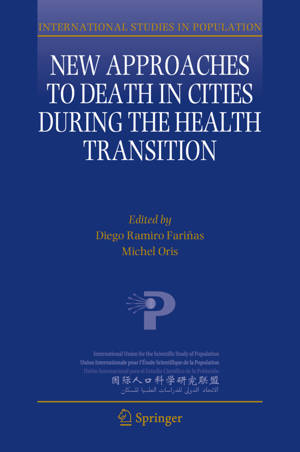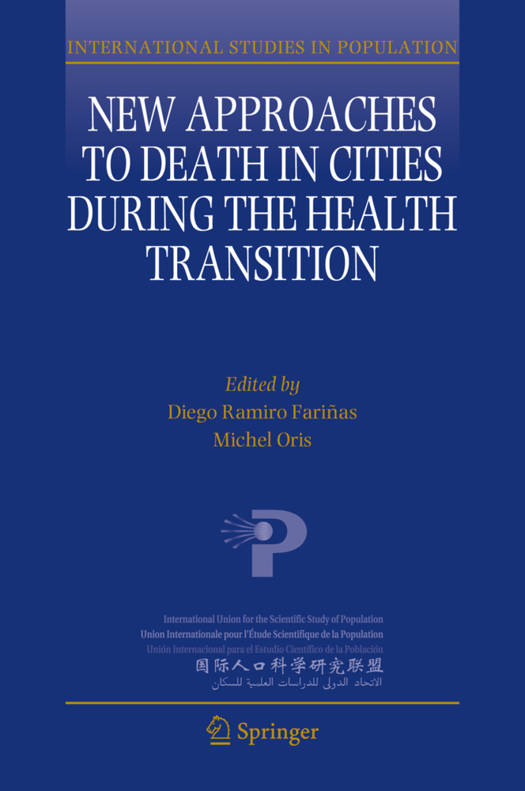
- Afhalen na 1 uur in een winkel met voorraad
- Gratis thuislevering in België vanaf € 30
- Ruim aanbod met 7 miljoen producten
- Afhalen na 1 uur in een winkel met voorraad
- Gratis thuislevering in België vanaf € 30
- Ruim aanbod met 7 miljoen producten
Zoeken
New Approaches to Death in Cities During the Health Transition
€ 125,95
+ 251 punten
Omschrijving
This book presents recent efforts and new approaches to improve our understanding of the evolution of health and mortality in urban environments in the long run, looking at transformation and adaptations during the process of rapid population growth. In a world characterized by large and rapidly evolving urban environments, the past and present challenges cities face is one of the key topics in our society. Cities are a world of differences and, consequently, of inequalities. At the same time cities remain, above all, the spaces of interactions among a variety of social groups, the places where poor, middle-class, and wealthy people, as well as elites, have coexisted in harmony or tension. Urban areas also form specific epidemiological environments since they are characterized by population concentration and density, and a high variety of social spaces from wealthy neighborhoods to slums. Inversely and coherently, cities develop answers in terms of sanitary policies and health infrastructures. This balance between risk and protective factors is, however, not at all constant across time and space and is especially endangered in periods of massive demographic growth, particularly periods of urbanization mainly led by immigration flows that transform both the socioeconomic and demographic composition of urban populations and the morphological nature of urban environments. Therefore this book is an unique contribution in which present day and past socio-demographic and health challenges confronted by big urban environments are combined.
Specificaties
Betrokkenen
- Uitgeverij:
Inhoud
- Aantal bladzijden:
- 241
- Taal:
- Engels
- Reeks:
- Reeksnummer:
- nr. 12
Eigenschappen
- Productcode (EAN):
- 9783319430010
- Verschijningsdatum:
- 21/11/2016
- Uitvoering:
- Hardcover
- Formaat:
- Genaaid
- Afmetingen:
- 156 mm x 234 mm
- Gewicht:
- 530 g

Alleen bij Standaard Boekhandel
+ 251 punten op je klantenkaart van Standaard Boekhandel
Beoordelingen
We publiceren alleen reviews die voldoen aan de voorwaarden voor reviews. Bekijk onze voorwaarden voor reviews.







